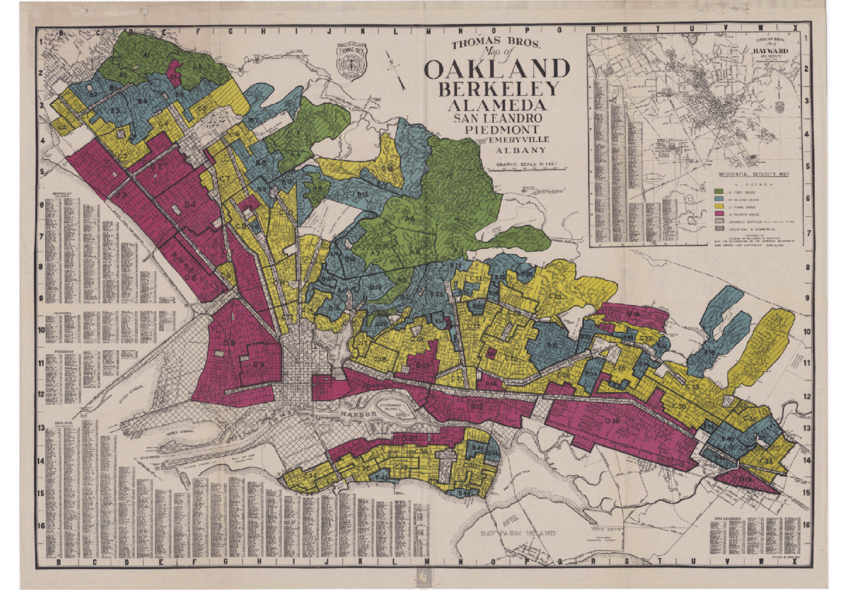What is a food desert?
A food desert is an area where it is difficult to find affordable or good quality fresh food.
How many corner stores are in partnership with HOPE's Healthy Corner Store Project?
5 corner stores
What does HOPE stand for?
Health for Oakland's People and Environment
The Free Breakfast for School Children Program was started in Oakland by this group.
The Black Panther Party.
What is the name of Nakia's plant daughter? (Hint: this plant lives next to Nakia's desk and is named after a character from a movie they love!)
Lily Potter
What is food justice?
Food justice is communities exercising their right to grow, sell, and eat food that is nutritious, affordable, culturally appropriate, and grown with care for the well-being of the land, workers, and animals.
How many corner stores that HOPE partners with sell produce in their stores?
3 corner stores
Name HOPE's three current YAB teams.
School & Wellness Team
Healthy Corner Store Team
Social Media Team
Oakland passed a Sugar Sweetened Beverage (SSB) tax in what year?
Passed in November 2016, implemented in January 2017.
Who is Sarahy's favorite superhero? (Hint: it is sadly a man, not a woman)
Ironman
In the United State, how far does food travel from farm to table (average food miles)?
1500 miles
How many community members does the Health Corner Store Project engage with every year?
How many water bottles did HOPE get this year to distribute to OUSD schools and community members?
5000 water bottles.
Some funds from the Sugar Sweetened Beverage tax went towards putting these in every OUSD school.
Water filling stations.
What is Elizabeth's favorite food? (Hint: you have most likely seen her eating this in the office)
Oranges
What is a food system?
An interconnected web of activities, resources, and people involved in feeding a population.
The corner stores HOPE partners with are the site of many events and projects that give back to the community. Name an event or project that you have heard of from past years or participated in this year.
One Stop Holiday Event
Food for the People
Clothes from HOPE
Food Drives
Food Giveaways
BBQs
What is the mission of HOPE?
HOPE's mission is to advance racial, economic, and health equity in Oakland through community-driven food and neighborhood initiatives. We envision a vibrant Oakland where historically marginalized communities shape their neighborhoods' future, have equitable opportunities for healthy food and safe community spaces, and build community wealth.
What is the Sugar Sweetened Beverage tax (how much is the tax and what is it a tax on)?
1 cent per ounce general tax on the distribution of sugar sweetened beverages, including products such as sodas, sports drinks, sweetened teas, energy drinks, but exempting: milk products, 100% juice, baby formula, diet drinks, or drinks taken for medical reasons; and providing an exemption for small businesses.
This member of staff burned down their kitchen while trying to cook french fries.
Paul
What are the different processes that make up our current food system?
Growing and Harvesting
Processing
Distribution/Transportation
Consumption
Disposal/Waste
One of the corner stores HOPE partners with is one of the last few Black-Owned corner stores in Oakland. What is the name of the corner store?
One Stop Liquor, which has been in the community for nearly 40 years.
Name a member of HOPE's Steering Commitee
Kimi
Ryan
Michelle
Nicole
Beth
David
Josue
Nia
Angel
This map represents a concept we have talked about in YAB this cycle. For full points, name the term for what this map shows and provide a definition.

Redlining.
Redlining: Redlining was a process in which the Home Owners' Loan Corporation (HOLC), a federal agency, gave neighborhoods ratings to guide investment. This policy is so named for the red or “hazardous” neighborhoods that were deemed riskiest. These neighborhoods were predominantly home to communities of color, and this is no accident; the “hazardous” rating was in large part based on racial demographics. In other words, redlining was an explicitly discriminatory policy. Redlining made it hard for residents to get loans for homeownership or maintenance, and led to cycles of disinvestment.
Redlining is an unethical practice that puts services (financial and otherwise) out of reach for residents of certain areas based on race or ethnicity. It can be seen in the systematic denial of mortgages, insurance, loans, and other financial services based on location (and that area’s default history) rather than an individual’s qualifications and creditworthiness. Notably, the policy of redlining is felt the most by residents of minority neighborhoods.
What is Asia's favorite color?
Purple